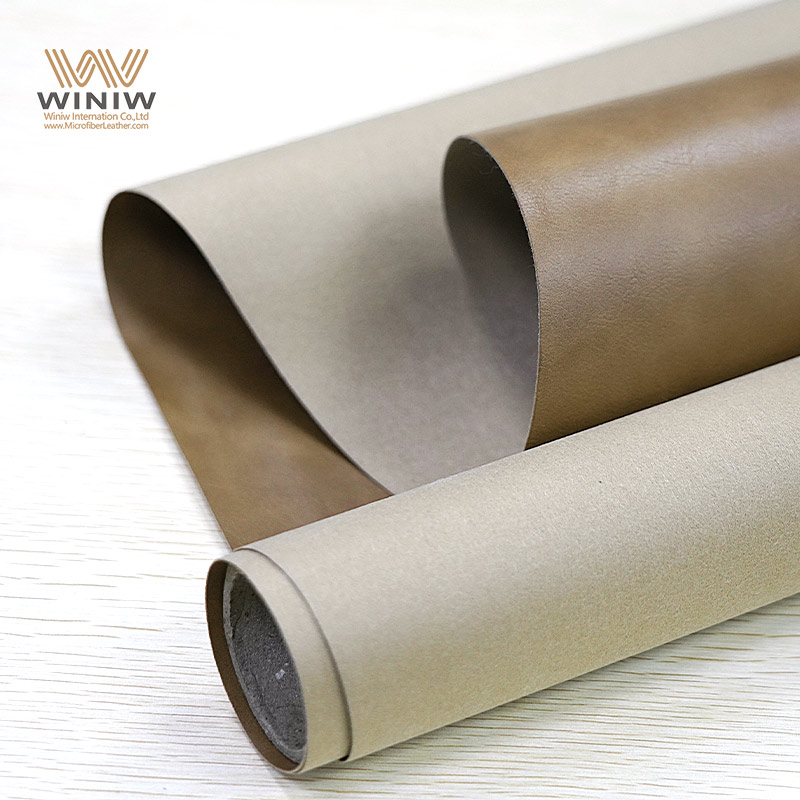
PU leather upper offers both benefits and drawbacks for consumers. Many choose this material because it provides a more affordable alternative to genuine leather, less sensitivity to stains and moisture, and an animal-friendly option. In fact, PU synthetic leather is projected to capture 54.5% of the synthetic leather market, with footwear holding 32.8% of that share in 2025. People often consider factors such as durability, comfort, maintenance, and environmental impact before selecting a shoe material.
|
Reason for Choosing PU Leather |
Description |
|---|---|
|
Cost-effectiveness |
PU leather is often more affordable than real leather. |
|
Ethical considerations |
Consumers prefer vegan-friendly options, avoiding animal products. |
|
Environmental impact |
PU leather is seen as a more sustainable choice compared to traditional leather. |
PU leather is a cost-effective alternative to genuine leather, making it accessible for budget-conscious shoppers.
This material is animal-friendly, appealing to consumers who prefer vegan options and ethical choices.
PU leather offers water resistance, keeping items dry during light rain and protecting belongings.
Cleaning PU leather is simple; regular maintenance helps keep it looking new and extends its lifespan.
The variety of colors and textures available in PU leather allows for creative expression in fashion and design.
Durability is a concern; PU leather typically lasts 3 to 5 years, which is shorter than genuine leather.
Breathability issues can lead to discomfort, especially in warm conditions, as PU leather traps heat and moisture.
Environmental impact is significant; PU leather is not biodegradable and can contribute to plastic waste.
PU leather, also known as polyurethane leather, is a synthetic material designed to mimic the look and feel of genuine leather. Manufacturers create pu leather by applying a layer of polyurethane to a fabric backing. This process gives the material a realistic texture and makes it easier to maintain than natural leather. Unlike other synthetic leathers, such as faux leather made from PVC, pu leather offers a softer touch and a more authentic appearance.
PU leather stands out for its low maintenance and limited breathability. Many consumers choose it for products that require a leather-like finish without the high cost or ethical concerns of animal-based materials.
|
Material Type |
Composition |
Characteristics |
|---|---|---|
|
PU Leather |
Polyurethane on fabric backing |
Realistic texture, low maintenance, limited breathability |
|
Faux Leather |
PVC or other synthetic materials |
Varies widely in texture and durability |
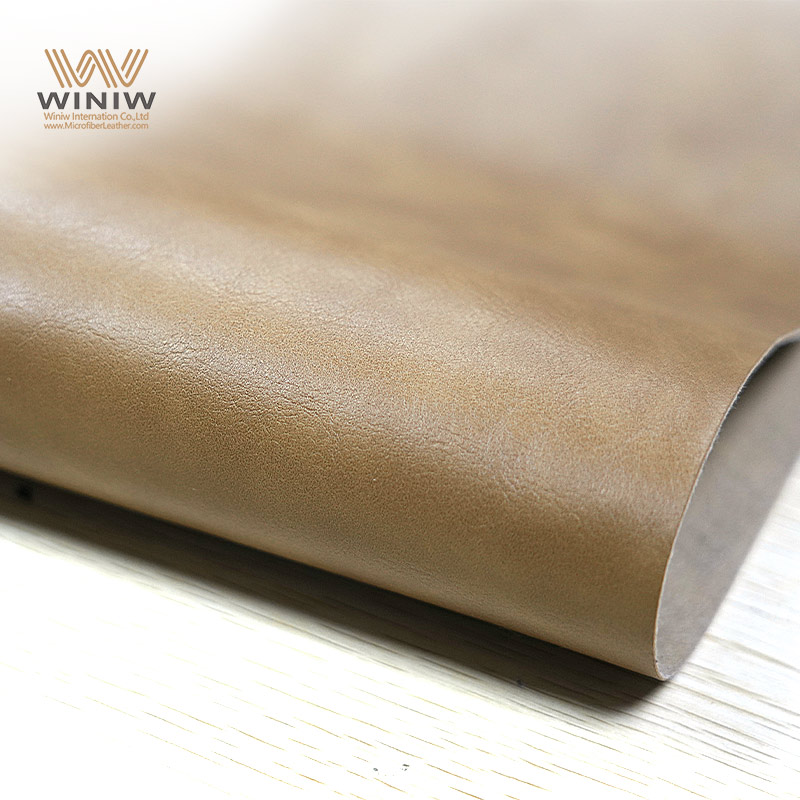
The manufacturing process for pu leather upper involves several steps that transform raw materials into a durable and attractive product. Factories begin by preparing the fabric backing, which serves as the base. They then apply a layer of polyurethane resin to this fabric. The coated fabric undergoes drying to remove excess moisture, by curing to solidify the polyurethane layer. Surface treatments, such as embossing or buffing, enhance the texture and appearance. Finally, finishing touches improve the durability and aesthetics of the pu leather upper.
Main steps in pu leather production:
Prepare the backing fabric and make it wet.
Apply mixed polyurethane material to the fabric.
Dry the coated fabric to remove moisture.
Cure the fabric to solidify the polyurethane.
Treat the surface for improved appearance.
Add finishing touches for durability.
This process allows manufacturers to produce pu leather in a wide range of colors, textures, and finishes. The popularity of pu leather comes from its ability to offer style variety and consistent quality at a lower price point.
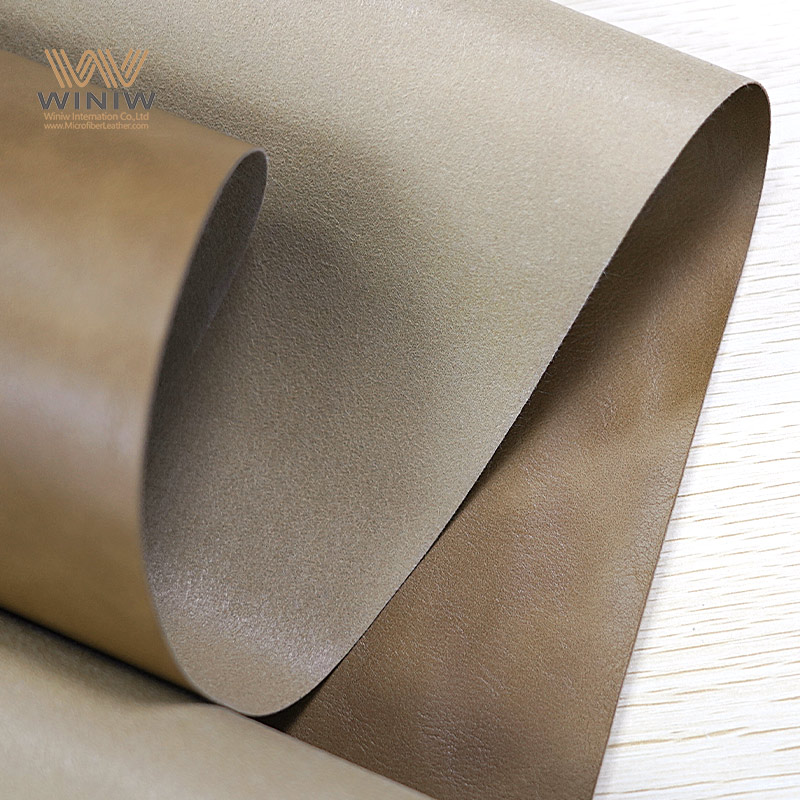
Industries use pu leather upper in many products because of its versatility and cost-effectiveness. The uses of pu leather span footwear, furniture, automotive interiors, and fashion accessories. Shoe manufacturers rely on pu leather for sneakers, casual shoes, and sandals. Furniture makers use it for sofas, dining chairs, and headboards. Car interiors often feature pu leather on seats, steering wheels, and door trims. Fashion brands incorporate pu leather into handbags, wallets, and belts.
|
Industry |
Products |
|---|---|
|
Shoe Industry |
Sneakers, casual shoes, leather shoes, sandals |
|
Furniture and Home Furnishings |
Sofas, dining chairs, headboards |
|
Automotive Interiors |
Car seats, steering wheels, door trims |
|
Fashion Accessories |
Handbags, wallets, belts |
The wide range of uses of pu leather demonstrates its adaptability and appeal across different markets. Companies value pu leather for its ability to deliver style, durability, and affordability in everyday products.
Many consumers choose pu leather upper because it is affordable. Manufacturers produce pu leather using a simpler process than genuine leather. This process reduces production costs and makes pu leather cost-effective for brands and buyers. Retailers often offer pu leather products at lower prices, which attracts budget-conscious shoppers. People can find affordable everyday bags, shoes, and accessories made from pu leather in most stores.
PU leather is generally less expensive than genuine leather due to its simpler manufacturing process.
Brands use pu leather to create stylish products that remain affordable for most people.
The cost-effective nature of pu leather allows companies to offer a wide range of designs without raising prices.
A cost comparison between pu leather and genuine leather shows that pu leather is the more affordable choice for footwear and accessories. This advantage helps shoppers save money while still enjoying fashionable items.
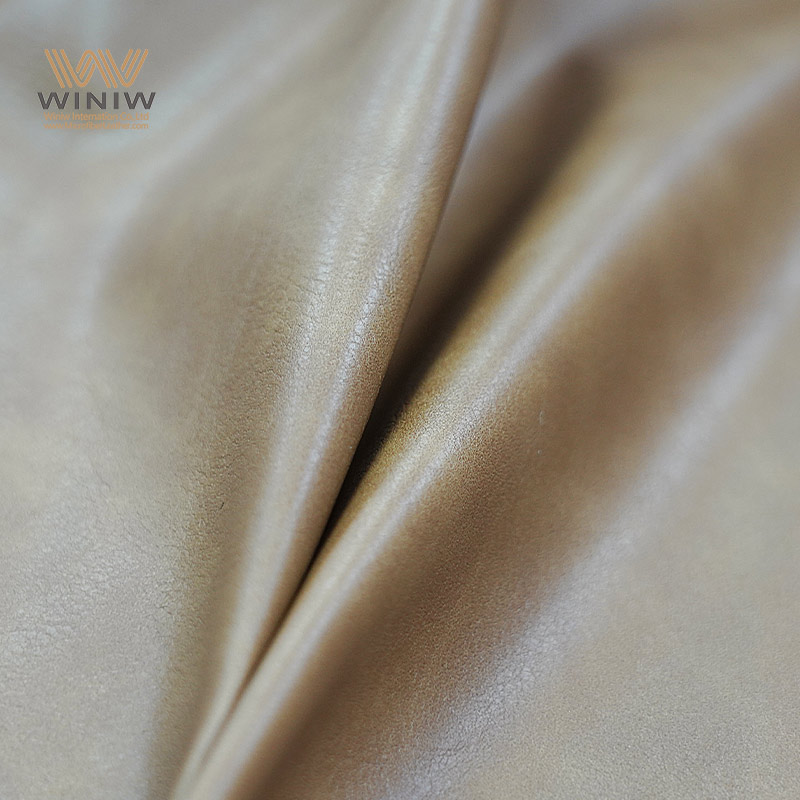
Water resistance is one of the key advantages of pu leather. The polyurethane coating on pu leather upper acts as a barrier against moisture. Shoes and bags made from pu leather resist water better than many natural materials. This feature keeps feet dry and protects belongings during rainy days.
The water vapor permeability (WVP) of pu leather is in an appropriate range, which is essential for comfort and moisture management.
Other synthetic materials absorb less water vapor, but pu leather performs better in moisture management.
Leather, Muskin®, and SnapPap® exceed water vapor permeability limits, while pu leather meets or surpasses these standards.
People who need footwear for wet conditions often select pu leather upper for its water resistance. This advantage makes pu leather pros stand out in everyday use.
Pu leather is easy to clean, which adds to its appeal. Owners can maintain pu leather upper with simple cleaning methods. Product testing shows that regular care keeps pu leather looking new.
Remove loose dirt with a soft brush or dry microfiber cloth.
Prepare a mild cleaning solution using gentle dish soap and warm water.
Dampen a cloth, making sure it is moist but not soaking wet.
Wipe down the surface in gentle circular motions, focusing on dirty spots.
Rinse and wring the cloth often to avoid spreading dirt.
Dry the item promptly with a clean microfiber cloth and air dry in a cool, shaded area.
Condition the surface with PU leather conditioner or petroleum jelly to restore shine and suppleness.
These steps show that pu leather is easy to clean and maintain. The advantages of pu leather include saving time and effort for busy individuals. People who want affordable, easy-to-clean shoes and bags often prefer pu leather vegan products.
PU leather upper offers designers and consumers a remarkable range of style options. Manufacturers use synthetic processes to create PU leather in almost any color or texture. This flexibility supports creative expression in footwear and accessories. Designers can match current fashion trends or produce unique looks that stand out in the market.
PU leather comes in vibrant colors, including red, blue, green, and metallic shades.
Textures range from smooth and glossy to embossed patterns and matte finishes.
Some PU leather mimics exotic skins, such as crocodile or snakeskin, without using animal products.
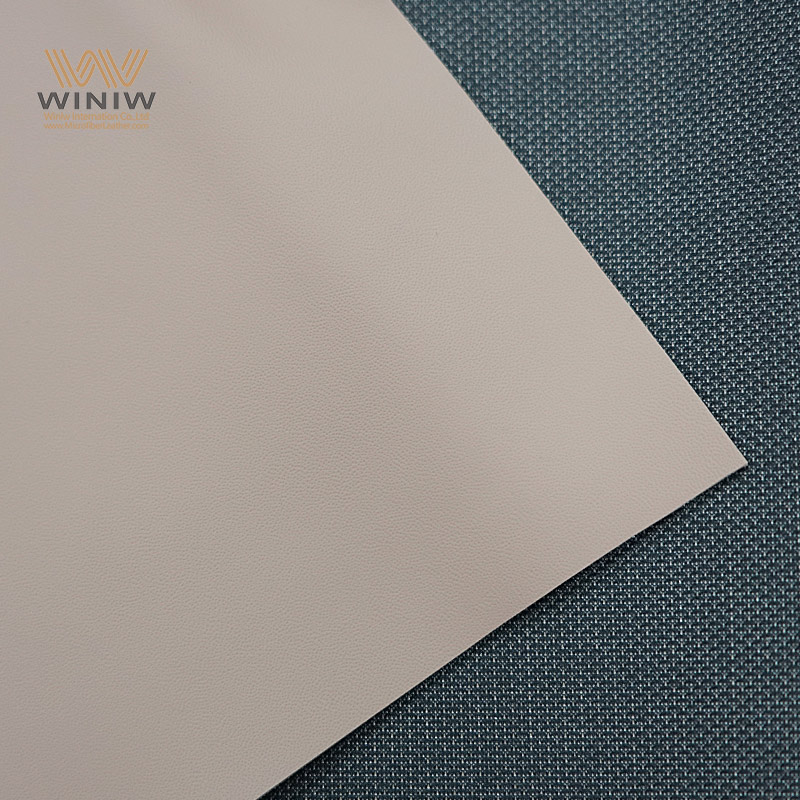
Genuine leather, by contrast, has natural limitations. The tanning process restricts the available colors, and the texture depends on the animal hide. PU leather overcomes these limits, allowing brands to release seasonal collections and custom designs with ease.
PU leather’s style versatility makes it a favorite for brands that want to offer variety and innovation. Shoppers find shoes and bags that match their personal taste, whether they prefer classic looks or bold statements.
Fashion-forward individuals often choose PU leather upper for its ability to keep up with changing trends. The material adapts to different styles, from casual sneakers to elegant handbags. Retailers benefit from the wide selection, meeting the needs of diverse customers.
PU leather upper appeals to consumers who value animal welfare. The production of PU leather does not involve animal hides or by-products. Manufacturers rely on synthetic materials, such as polyurethane and fabric backing, to create a leather-like finish. This process supports vegan and cruelty-free lifestyles.
Many shoppers seek alternatives to genuine leather for ethical reasons. PU leather provides a solution that aligns with their values. Brands label PU leather products as “vegan” or “animal-friendly,” making it easier for buyers to identify suitable options.
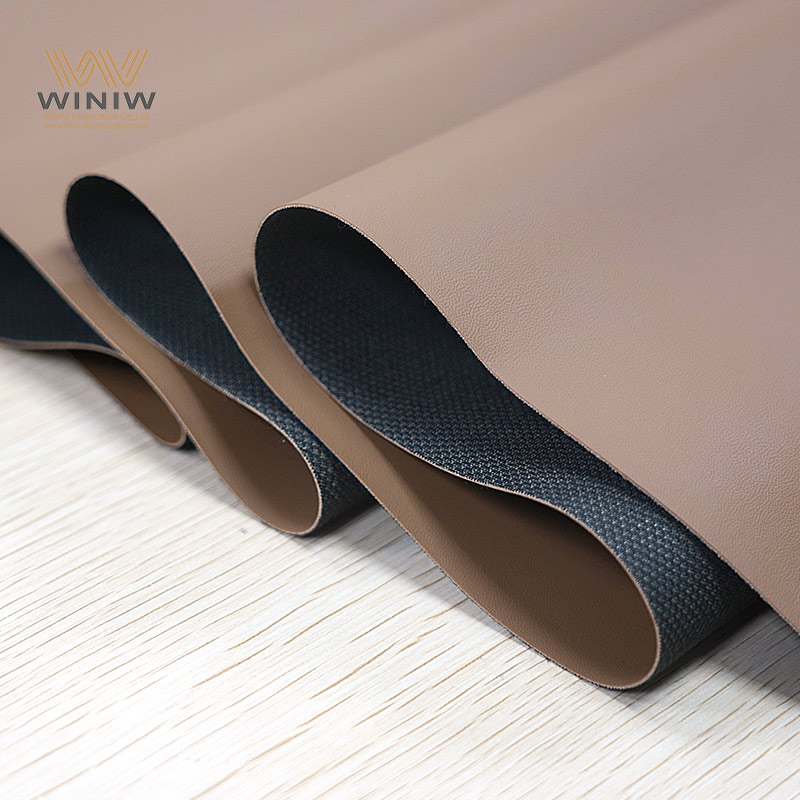
|
Feature |
PU Leather Upper |
Genuine Leather Upper |
|---|---|---|
|
Animal Use |
None |
Animal hides required |
|
Vegan Certification |
Common |
Not possible |
|
Ethical Appeal |
High |
Low |
Consumers who avoid animal products find PU leather upper a practical choice. The material offers the look and feel of leather without ethical concerns. As awareness of animal welfare grows, PU leather continues to gain popularity in the footwear and fashion industries.
Choosing PU leather upper supports a compassionate lifestyle. Shoppers can enjoy stylish shoes and accessories while respecting their ethical beliefs.
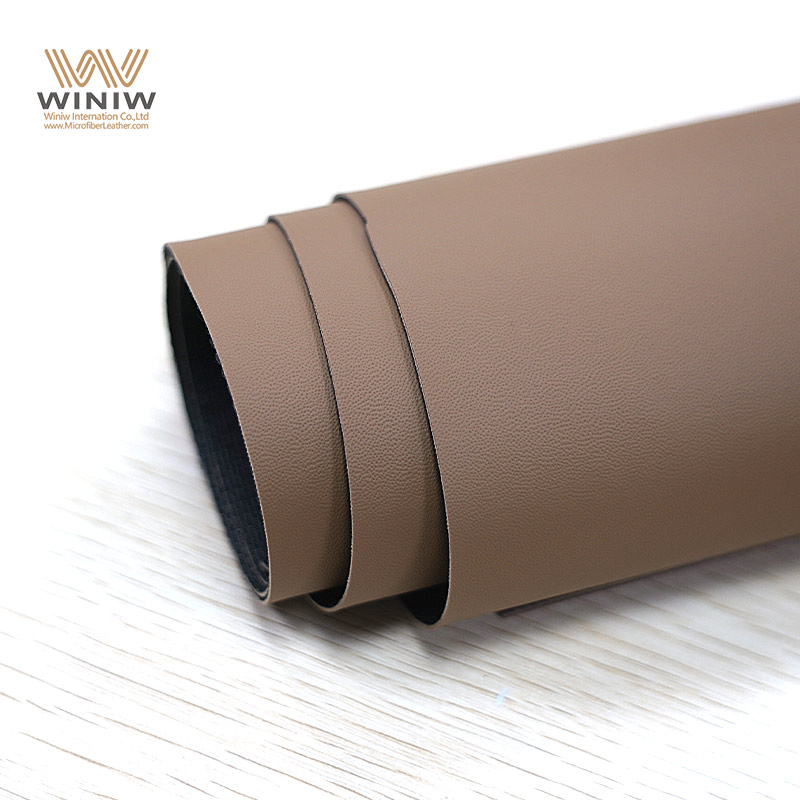
Many consumers notice that pu leather upper does not match the durability of genuine leather. The average lifespan of pu leather products ranges from three to five years under regular use. In contrast, genuine leather often lasts from ten to thirty years or more, especially with proper care. This difference affects the long-term value of shoes, bags, and accessories made from synthetic leather.
|
Material Type |
Average Lifespan |
Typical Applications |
Main Strengths |
Common Failures |
|---|---|---|---|---|
|
Standard PU |
3–5 years |
Mid-range bags, office chairs |
Softer feel, better grain |
Peeling topcoat |
|
Genuine Leather |
10–30+ years |
High-end bags, jackets |
Develops patina, very durable |
Requires conditioning |
Durability issues often appear as peeling at the edges, cracking after daily use, and discoloration from sunlight. These problems reduce the lifespan of pu leather and can make products look worn out quickly.
Peeling at the edges usually starts after three years of use.
Cracking develops with frequent bending and stretching.
Discoloration occurs when exposed to direct sunlight for long periods.
Shoppers who want durable items may find these disadvantages concerning. The shorter lifespan and common failures of pu leather cons make it less suitable for heavy-duty or long-term use.
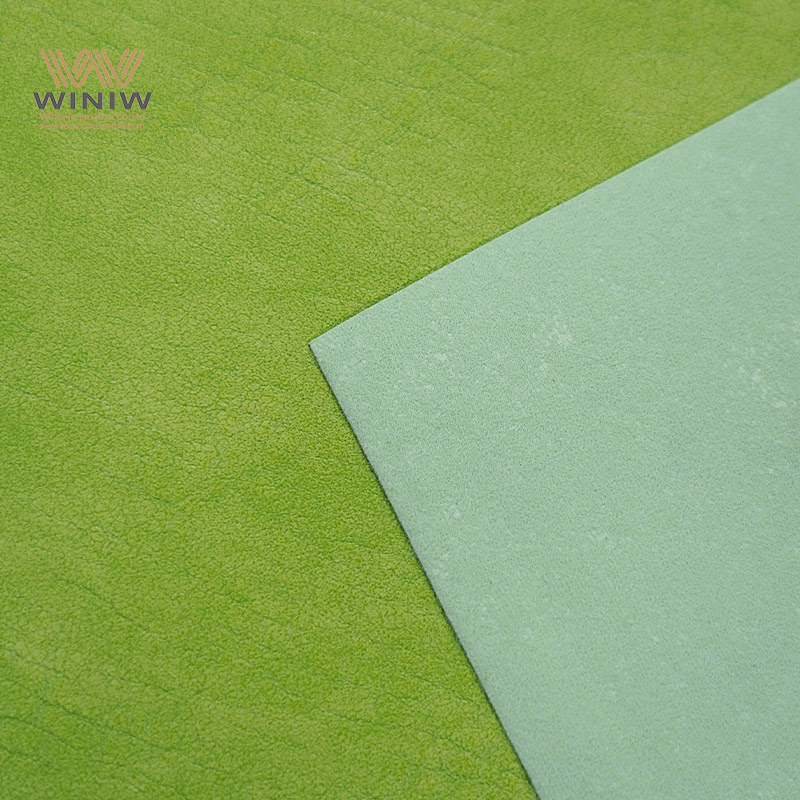
Breathability plays a key role in comfort, especially for footwear. Genuine leather stands out for its natural breathability, which helps regulate temperature and moisture. Pu leather, while recognized for good breathability in high-end variants, often falls short compared to real leather. The polyurethane coating blocks airflow, which can trap heat and moisture inside shoes or bags.
Genuine leather remains breathable because it lacks a non-porous polymer coating.
Pu leather performs well in laboratory tests, but may not always match the breathability of genuine leather.
Some synthetic leather products offer improved breathability, but many still cause discomfort during extended wear.
Limited breathability can lead to sweaty feet, odor, and discomfort, especially in warm climates. People who prioritize comfort and moisture control may view this as one of the main disadvantages of pu leather upper.
The appearance of pu leather upper often reveals its synthetic origins. While manufacturers strive to mimic the look of genuine leather, many products still display a uniform texture and artificial sheen. This synthetic leather lacks the unique grain patterns and natural imperfections found in animal hides.
Many consumers prefer the authentic look and feel of genuine leather. They notice that pu leather sometimes appears too perfect or glossy, which can detract from its appeal.
Synthetic leather often feels less substantial and may not develop a patina over time.
The uniform surface can make shoes and accessories look less premium.
Some buyers report that the artificial appearance affects their satisfaction with pu leather products.
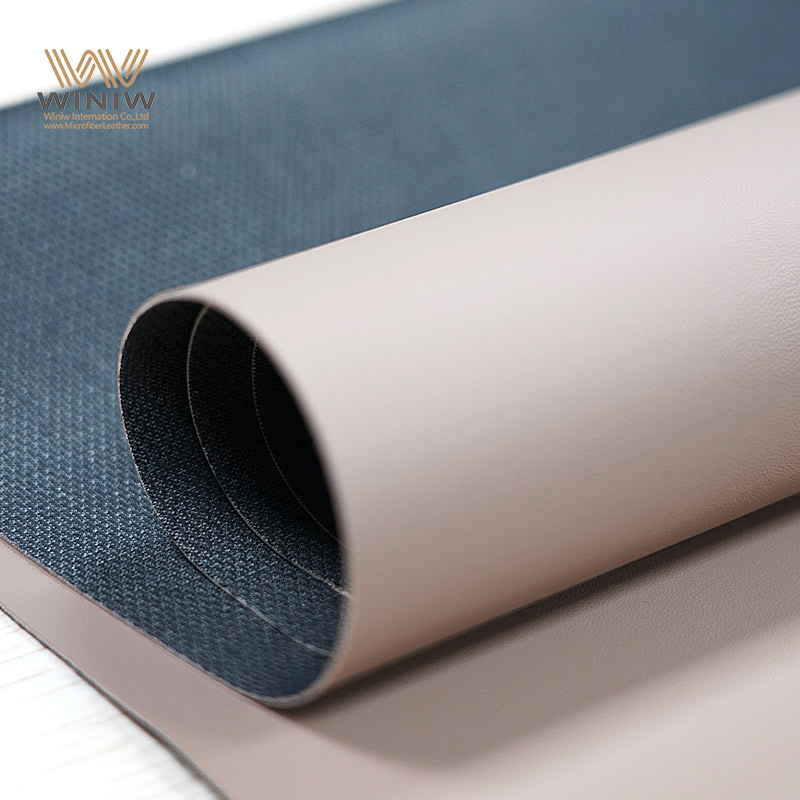
The synthetic look stands out as a disadvantage for those who value traditional craftsmanship and natural aesthetics. People who want a classic, durable finish may choose genuine leather instead.
The environmental impact of PU leather upper raises several concerns. Factories that produce PU leather release volatile organic compounds (VOCs) and greenhouse gases. These emissions contribute to air pollution and climate change. The production process also uses toxic chemicals, such as isocyanates and phthalates, which can pose health risks to workers and nearby communities.
PU leather does not biodegrade. When disposed of, it accumulates in landfills and adds to plastic waste. Over time, PU leather breaks down into microplastics. These tiny particles can harm aquatic life and enter the food chain through bioaccumulation.
The following table summarizes the main environmental concerns:
|
Concern |
Description |
|---|---|
|
Pollution |
Emission of VOCs and greenhouse gases during production, contributing to air pollution and climate change. |
|
Non-Biodegradability |
PU leather is not biodegradable, leading to plastic waste accumulation in landfills. |
|
Toxic Chemicals |
Use of harmful substances like isocyanates and phthalates during production poses health risks. |
|
Microplastics |
PU leather breaks down into microplastics, which are harmful to aquatic life and can bioaccumulate. |
|
Greenhouse Gas Emissions |
Production of PU leather generates greenhouse gases, although less than traditional leather. |
Note: While PU leather generates fewer greenhouse gases than genuine leather, its long-term environmental footprint remains significant due to non-biodegradability and microplastic pollution.
PU leather upper offers a soft and flexible feel, making it suitable for daily wear. Many people appreciate its comfort during routine activities. However, PU leather does not mold to the foot as well as genuine leather. This lack of adaptability can affect the fit and comfort, especially over time.
Genuine leather provides better breathability and flexibility. It adjusts to the shape of the foot, which enhances comfort in hot weather and during extended use. PU leather, while flexible, cannot match the natural adaptability of animal hides.
PU leather feels soft and flexible for everyday use.
It does not mold to the foot as effectively as genuine leather.
Genuine leather offers superior breathability and comfort in warm conditions.
People who need footwear for demanding activities may notice these flexibility limits. The disadvantages of pu leather include reduced adaptability and comfort compared to traditional leather.
Cracking and peeling represent common problems for PU leather upper. Material science studies show that several factors contribute to these issues. Manufacturers can use anti-hydrolysis agents, such as carbodiimide, during production to improve durability and reduce the risk of cracking. However, excessive stretching weakens the polyurethane coating and leads to surface damage.
Maintaining moderate humidity helps preserve the softness and elasticity of PU leather. Using moisturizers can also reduce the likelihood of cracking. Owners should avoid exposing PU leather to harsh conditions, such as direct sunlight or extreme dryness, to prevent peeling and surface deterioration.
Use anti-hydrolysis agents during production to enhance durability.
Avoid excessive stretching to maintain coating integrity.
Keep PU leather moist and use moisturizers to preserve softness and elasticity.
Cracking and peeling shorten the lifespan of PU leather products. These issues often appear after repeated bending or exposure to dry environments. Proper care and manufacturing techniques can help minimize these problems, but they remain a significant concern for many users.
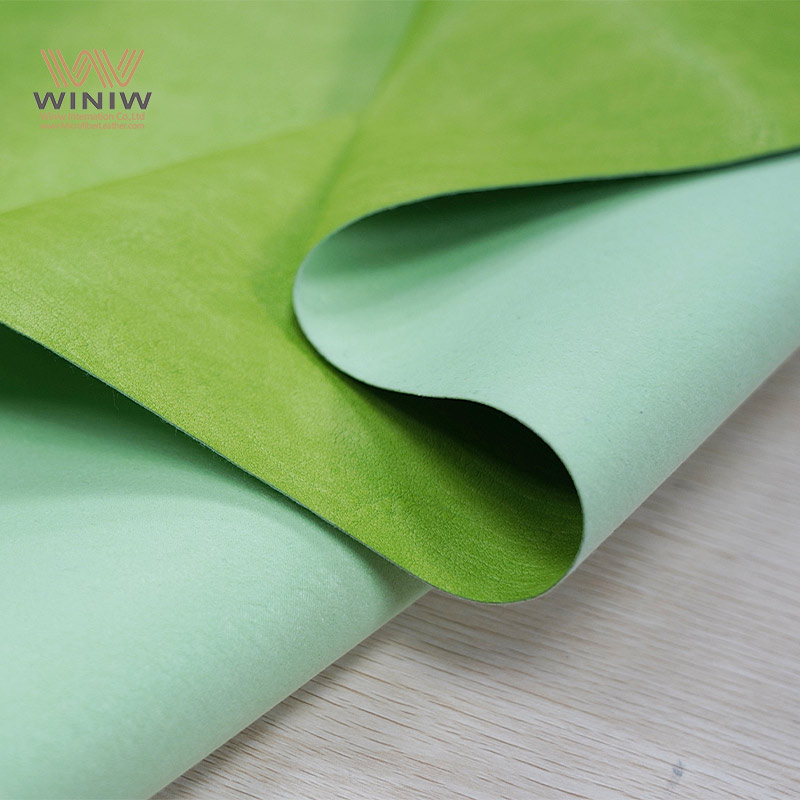
Manufacturers create pu leather by coating a fabric base with polyurethane. This process allows them to control the texture and color of the final product. Genuine leather comes from animal hides, usually cowhide, which undergoes tanning and finishing. The natural fibers in genuine leather give it a unique structure and feel.
The following table highlights the main differences between these two materials:
|
Feature |
PU Leather |
Genuine Leather |
|---|---|---|
|
Appearance |
Can mimic various materials, less luxurious |
Natural texture, considered luxurious |
|
Durability |
Less durable, can be punctured easily |
More durable, develops a patina |
|
Maintenance |
Easier to clean and maintain |
Requires regular conditioning |
|
Cost |
Generally less expensive |
More expensive but longer-lasting |
|
Sustainability |
More sustainable, no animal products |
Less sustainable, uses animal products |
Synthetic leather, including pu leather, offers a consistent finish and can be produced in many styles. Genuine leather, on the other hand, features natural grain patterns and imperfections that make each piece unique.
Pu leather can closely imitate the look of genuine leather. Manufacturers use embossing and coloring techniques to create a wide range of finishes. Shoppers can find pu leather products in many colors, patterns, and textures. However, the surface of pu leather often appears more uniform and sometimes has a slight shine that reveals its synthetic nature.
Genuine leather stands out for its natural grain and subtle variations. Over time, it develops a patina, which adds character and depth. Many people consider this aging process a sign of quality. Synthetic leather does not develop a patina and usually maintains the same appearance throughout its lifespan.
Many consumers notice that genuine leather feels more luxurious and authentic. Pu leather appeals to those who want variety and a modern look, while genuine leather attracts buyers who value tradition and uniqueness.
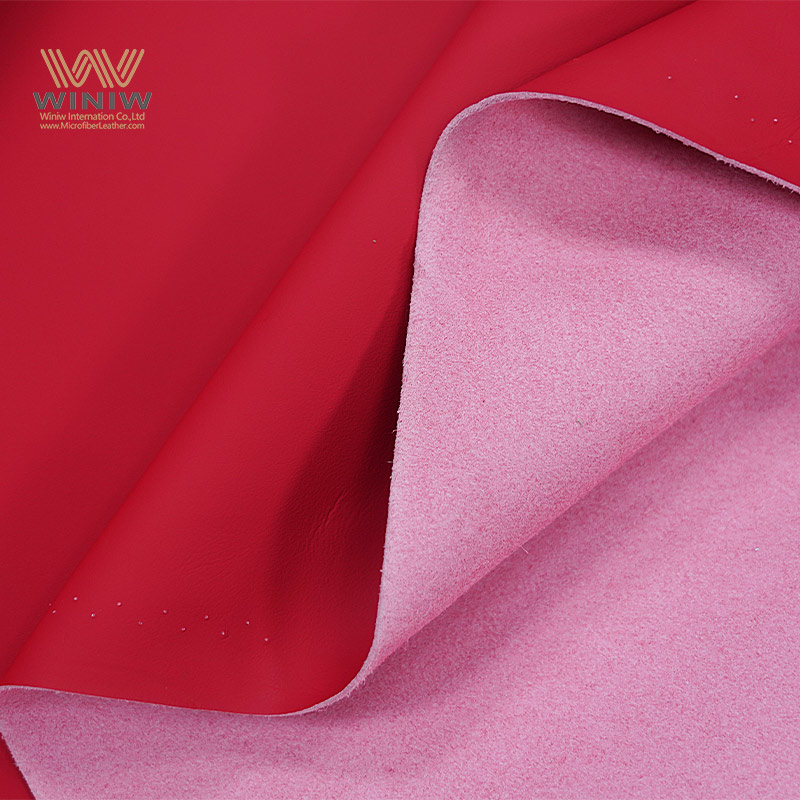
Durability marks a key difference between pu leather and genuine leather. Pu leather tends to wear out faster, especially with frequent use. It can crack, peel, or puncture more easily than genuine leather. Most pu leather products last about three to five years with regular care.
Genuine leather offers greater strength and resilience. It can withstand daily wear and tear for decades if properly maintained. The material becomes softer and more flexible over time, rather than breaking down. Many people choose genuine leather for items that need to last, such as high-quality shoes or bags.
Synthetic leather, including pu leather, works well for fashion items that do not require long-term durability. For those seeking longevity, genuine leather remains the preferred choice.
Proper care extends the life of both PU leather and genuine leather uppers. PU leather requires minimal maintenance. Owners can clean it with a damp cloth and mild soap. This routine removes dirt and prevents stains. PU leather does not need conditioning or special treatments. Most people find this material easy to maintain.
Genuine leather demands more attention. Regular cleaning with a soft brush keeps the surface free of dust. Conditioning every six months preserves its flexibility and prevents cracking. Leather creams and oils restore moisture and protect against drying. Neglecting these steps shortens the lifespan of genuine leather products.
The following table compares care routines and their impact on longevity:
|
Material |
Care Routine |
Longevity Impact |
|---|---|---|
|
PU Leather |
Easy to clean, requires a damp cloth wipe |
Generally longer due to less maintenance needed |
|
Genuine Leather |
Requires specialized care, treatment every 6 months |
Shorter if not properly maintained |
PU leather appeals to busy individuals who prefer simple cleaning. Genuine leather suits those willing to invest time in regular care. The choice depends on lifestyle and willingness to maintain the product.
Cost plays a significant role in material selection. PU leather usually costs less than genuine leather. Manufacturers produce PU leather with synthetic processes that reduce expenses. Retailers pass these savings to consumers. Shoppers find PU leather shoes and accessories at affordable prices.
Genuine leather commands higher prices. The tanning process and sourcing animal hides increase production costs. Artisans often craft genuine leather goods by hand, adding to the expense. Buyers pay more for the durability and prestige associated with genuine leather.
Budget-conscious shoppers often choose PU leather for its value. Those seeking luxury and long-term use may invest in genuine leather. Price differences reflect the materials, production methods, and expected lifespan.
Environmental impact influences many purchasing decisions. PU leather and genuine leather differ in their effects on natural resources and pollution.
Water Usage: Producing 1kg of cowhide requires about 17,000 liters of water. PU leather production uses only around 500 liters.
Chemical Use: Traditional leather tanning involves harmful chemicals. Eco-friendly PU leather minimizes hazardous substances and follows strict standards.
Greenhouse Gas Emissions: Manufacturing 1kg of cowhide emits approximately 110kg of CO2 equivalent. PU leather production emits 15-25kg, with bio-based options lowering emissions further.
Waste Management: Genuine leather is biodegradable. Traditional PU leather is not, but new biodegradable PU options are emerging.
Genuine leather offers biodegradability but consumes more water and produces more emissions. PU leather reduces water and chemical use but creates plastic waste. Recent innovations in biodegradable PU leather aim to address these concerns. Consumers should consider these factors when choosing between materials.
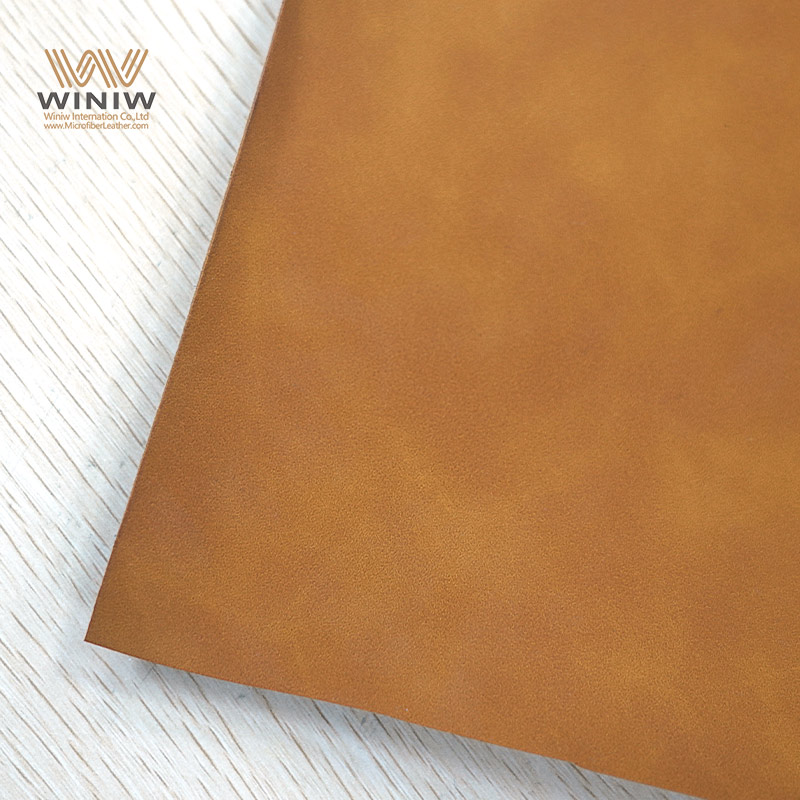
PU leather uppers offer a moderate lifespan for everyday products. Most PU leather upper items last between 2 and 10 years. The actual duration depends on the quality of the material, how often someone uses the item, and the care it receives. With regular cleaning and proper storage, PU leather shoes and accessories can remain in good condition for up to 5 to 10 years. Many consumers find this lifespan suitable for fashion-forward items or seasonal trends. However, those seeking a long-lasting bag or footwear for heavy use may notice that PU leather does not match the longevity of genuine leather.
Tip: Regularly wiping down PU leather and keeping it away from direct sunlight can help extend its usable life.
PU leather uppers face several durability challenges over time. Cracking and peeling often appear after repeated bending or exposure to dry environments. Edges may start to fray, especially in areas that experience frequent movement or friction. Discoloration can occur when the material sits in direct sunlight for long periods. Some users report that the surface loses its shine or develops a sticky texture as the polyurethane layer breaks down. Tears and punctures may also develop if the material encounters sharp objects or excessive force.
A quick list of common problems includes:
Cracking and peeling of the surface
Fraying at seams and edges
Discoloration from sunlight
Loss of shine or sticky feel
Tears or punctures from sharp items
These issues can reduce the visual appeal and structural integrity of PU leather products. Regular maintenance and gentle handling help minimize these problems.
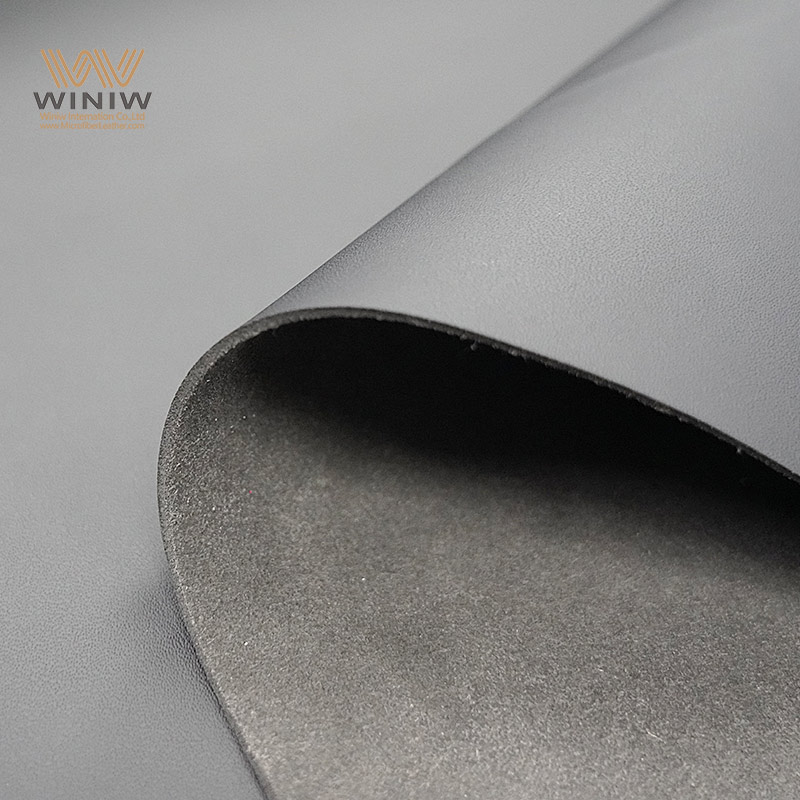
Several factors play a role in how long PU leather uppers last. Material engineering research highlights the importance of mechanical properties such as tensile strength, flexibility, and tear resistance. These qualities determine how well the material withstands stretching, bending, and daily wear. The way manufacturers process PU leather also matters. Operations like skiving, punching, and stitching affect the physical characteristics, including mass and density.
Technological processing operations, such as the type and number of stitches, influence the mechanical behavior of PU leather. For example, more stitches can increase tensile strength, making the upper more resistant to tearing. The choice of materials for the backing fabric and the quality of the polyurethane coating also impact durability. Careful manufacturing techniques help create PU leather uppers that resist damage and last longer.
Note: Consumers who want durable PU leather products should look for items with reinforced stitching and high-quality finishes.
Proper cleaning plays a vital role in the care and maintenance of PU leather upper. Regular cleaning prevents dirt buildup and helps the material stay resistant to stains. To begin cleaning PU leather, use a soft, damp cloth to wipe away dust and debris. For deeper cleaning, choose a gentle cleanser made for faux leather. Avoid harsh chemicals, as they can damage the surface and cause cracks.
A simple cleaning pu leather routine includes these steps:
Wipe the surface with a soft, damp cloth.
Apply a mild faux leather cleaner if needed.
Dry the area with a clean, soft towel.
Condition the material with a faux leather conditioner to keep it supple.
Tip: Always test any cleaner on a small, hidden area first to ensure it does not discolor the material.
Maintaining pu leather with regular cleaning keeps shoes and accessories looking fresh. This process also makes PU leather easy to care for, saving time and effort.
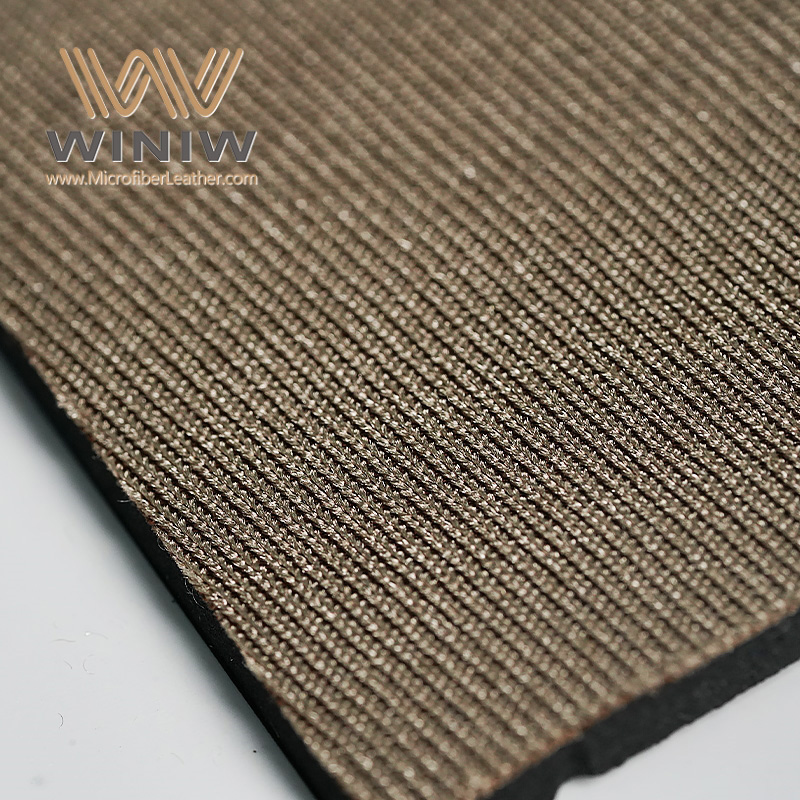
Preventing damage is essential for extending the lifespan of PU leather upper. Consistent maintenance helps avoid common problems like cracking, peeling, and fading. The following best practices support effective care:
Clean regularly with a damp cloth and gentle cleanser.
Condition the surface to prevent dryness and cracks.
Use a protective spray designed for faux leather to guard against scratches.
Keep items away from direct sunlight and extreme temperatures.
Avoid overstuffing bags or shoes to prevent stretching.
Stay away from bleach or alcohol-based cleaners.
Wipe off spills immediately and let items air dry.
Use only soft cloths to clean and avoid scratching.
Repair any peels or cracks right away with a repair kit or matching marker.
These steps make PU leather easy to care for and help maintain its appearance. Regular maintenance ensures the material remains resistant to stains and daily wear.
Note: Quick action after spills or minor damage can prevent long-term issues and keep PU leather looking new.
Proper storage supports the care and maintenance of PU leather upper. Good storage habits prevent creasing, mold, and deterioration. Owners should follow these guidelines for best results:
Store items in a well-ventilated area to avoid creasing and overcrowding.
Use breathable covers instead of plastic to prevent mold growth.
Maintain moderate humidity and temperature to keep the material supple.
Check stored items regularly for signs of damage.
Take items out occasionally to air them and prevent musty odors.
Maintaining pu leather through correct storage keeps it soft and flexible. These habits also make PU leather products last longer and remain easy to care for.
Proper storage, combined with regular cleaning and maintenance, ensures PU leather upper stays in top condition for years.
Factories produce pu leather using polyurethane and fabric backing. This process uses less water than traditional leather production. Manufacturers often rely on chemicals such as solvents and plasticizers. These substances can release volatile organic compounds (VOCs) into the air. Workers face exposure to these chemicals, which may affect health. The environmental impact of pu leather production includes air pollution and energy consumption. Some factories use renewable energy to reduce emissions. Others invest in cleaner technologies to limit waste. The industry continues to seek safer alternatives for chemical use.
Note: The production of pu leather generates fewer greenhouse gases than animal-based leather. However, the use of synthetic materials still contributes to pollution.
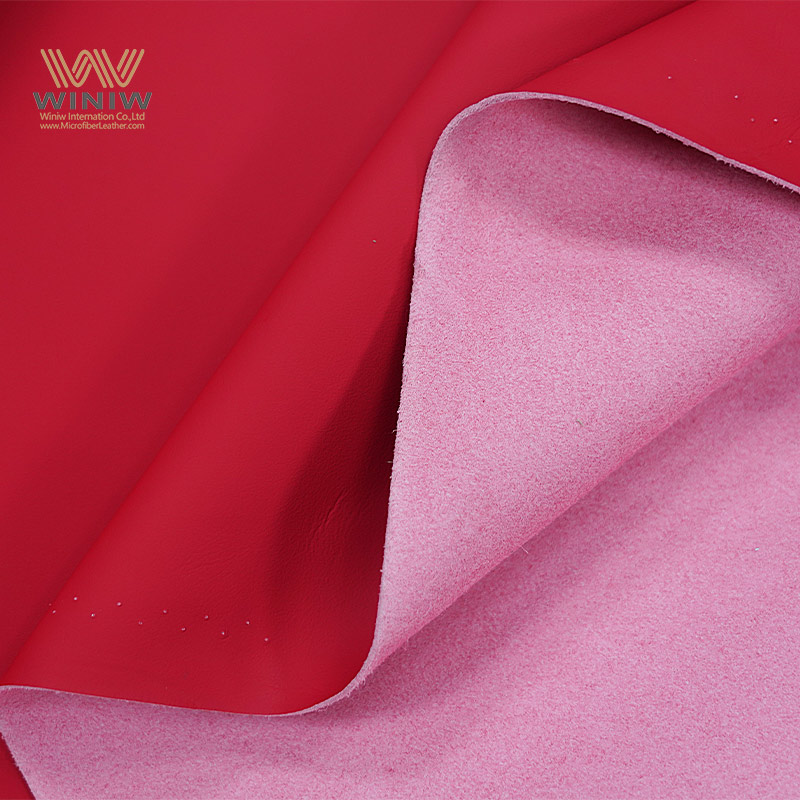
Pu leather does not break down easily in nature. The polyurethane coating resists decomposition. Items made from pu leather can remain in landfills for decades. Microplastics may form as the material ages. These tiny particles can enter soil and water, harming wildlife. Some companies now develop biodegradable pu leather using plant-based polymers. These new materials show promise for reducing long-term waste. Most pu leather products on the market today remain non-biodegradable.
A quick overview of biodegradability:
Standard pu leather: Not biodegradable
Biodegradable pu leather: Emerging, limited availability
Microplastic risk: High for standard pu leather
The environmental impact of pu leather differs from genuine leather in several ways. Genuine leather production uses large amounts of water and chemicals for tanning. This process creates wastewater and solid waste. Pu leather manufacturing uses less water and fewer animal resources. However, it relies on petroleum-based ingredients. Genuine leather can biodegrade over time, while pu leather often persists as plastic waste.
|
Feature |
PU Leather |
Genuine Leather |
|---|---|---|
|
Water Usage |
Low |
High |
|
Chemical Use |
Synthetic, some toxic |
Tanning chemicals |
|
Biodegradability |
Poor (except new types) |
Good |
|
Greenhouse Gas Emissions |
Moderate |
High |
|
Microplastic Risk |
Present |
Absent |
Consumers should consider both the short-term and long-term environmental impact when choosing between pu leather and genuine leather. Each material presents unique challenges for sustainability.
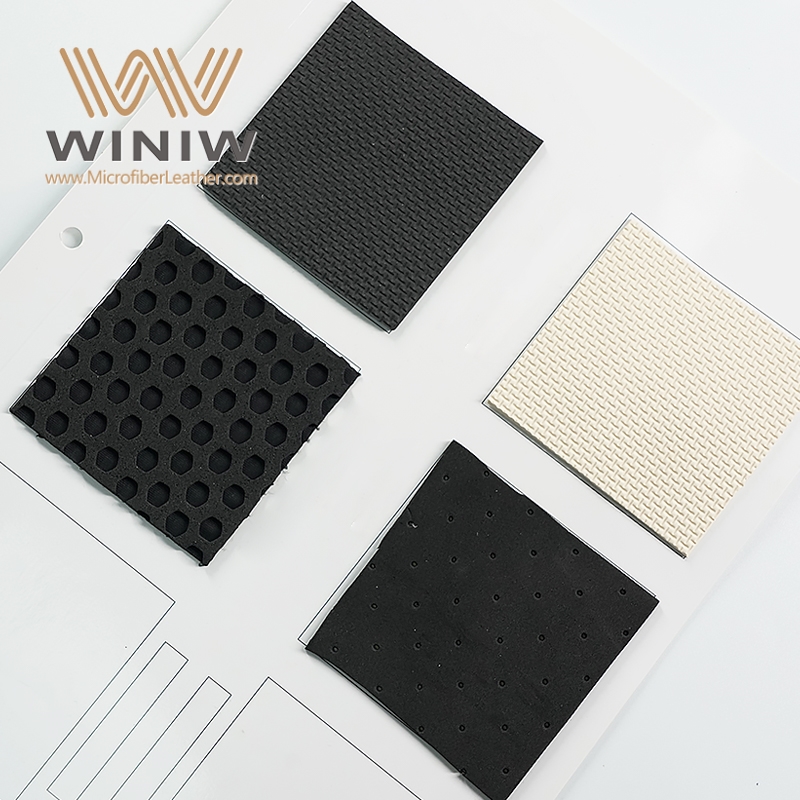
Flexibility plays a major role in how shoes and accessories feel during daily use. Many designers choose pu leather for its soft texture and ability to bend easily. This material adapts to different shapes, which helps create comfortable footwear for casual wear. Unlike some rigid synthetics, pu leather allows shoes to move with the foot. People notice that pu leather uppers feel less stiff than PVC-based alternatives.
However, genuine leather offers greater adaptability over time. It molds to the wearer’s foot, improving comfort with each use. Pu leather maintains its original shape longer, which can limit how much it adjusts. For those who want shoes that feel flexible from the start, pu leather provides a good option. People who need footwear for long hours or active movement may prefer materials that stretch and conform more.
Tip: When selecting shoes for everyday comfort, check if the pu leather upper feels soft and bends easily in your hands.
Breathability affects how comfortable shoes feel, especially in warm weather. Pu leather features a polyurethane coating that blocks most airflow. This design keeps water out, but it also traps heat and moisture inside. People who wear pu leather shoes for extended periods may notice sweaty feet or discomfort.
Genuine leather stands out for its natural breathability. It allows air to pass through, which helps regulate temperature and moisture. Some high-quality pu leather products include micro-perforations to improve airflow. These features make the material more suitable for summer or sports shoes. Most standard pu leather uppers do not offer the same level of breathability as animal-based leather.
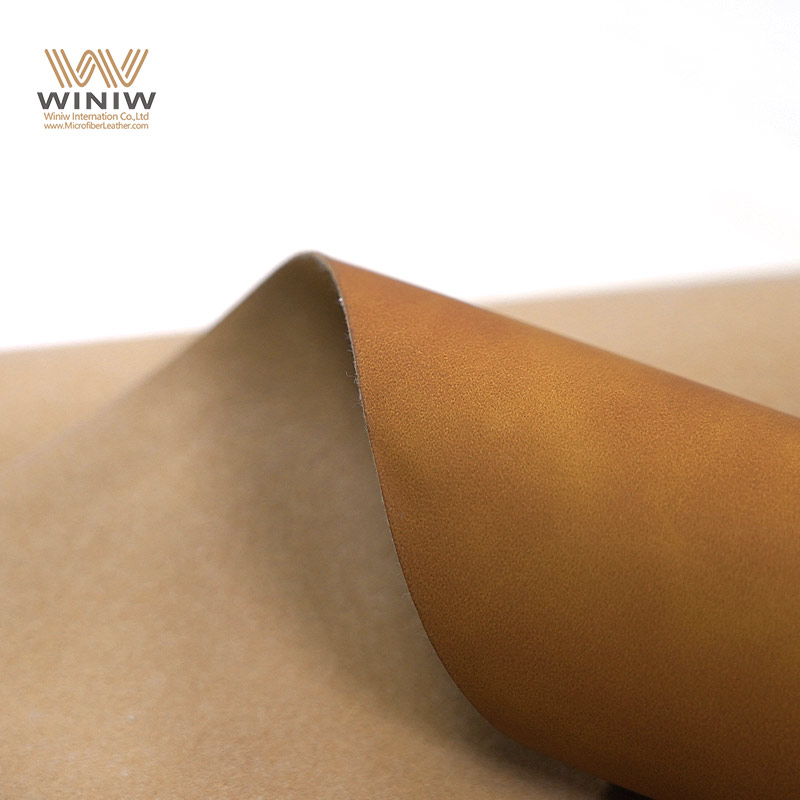
|
Material |
Breathability Level |
Comfort in Warm Weather |
|---|---|---|
|
pu leather |
Low to moderate |
May trap heat |
|
Genuine leather |
High |
Keeps feet cooler |
Note: For those who value cool, dry feet, genuine leather remains the top choice. Pu leather works well for short-term wear or cooler climates.
Activity suitability depends on how well pu leather performs during different tasks. Many people choose pu leather shoes for casual outings, office wear, or light walking. The material resists water and stains, which makes it practical for daily use. Designers offer pu leather in many styles, from sneakers to sandals.
For sports or heavy-duty activities, pu leather may not provide enough durability or breathability. Athletes often select shoes made from mesh or genuine leather for better performance. Pu leather works best for fashion-forward items, occasional wear, or settings where style matters more than function.
Casual wear: pu leather offers comfort and style.
Office use: pu leather resists stains and maintains a polished look.
Sports: pu leather may lack breathability and flexibility for intense movement.
Outdoor activities: genuine leather or technical fabrics perform better.
People should match their footwear choice to their activity level. Pu leather suits everyday needs, but demanding tasks require specialized materials.
Choosing the right material for shoes or accessories depends on individual priorities. People often consider factors such as budget, style preferences, ethical values, and expected usage. He or she should ask these questions before making a decision:
Does the person want a vegan or animal-friendly product?
Is affordability a top concern?
Will the item face heavy use or rough conditions?
Does style variety matter more than long-term durability?
Is easy cleaning important for daily life?
A person who values cost savings and ethical choices may find pu leather upper appealing. Someone who expects frequent wear or needs a product for demanding activities should think about durability and comfort.
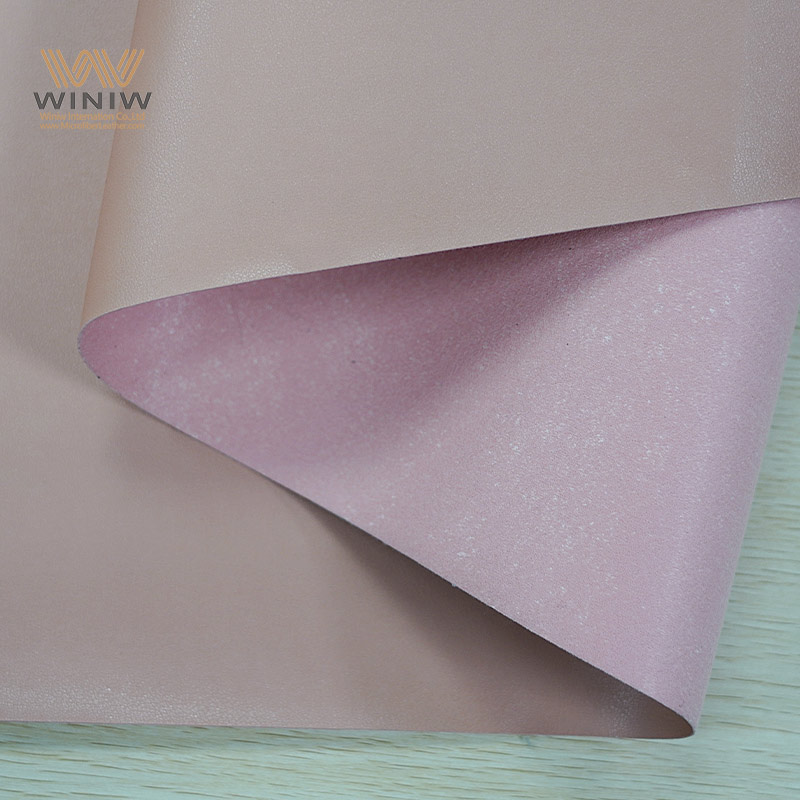
Tip: Write down the top three priorities before shopping. This helps narrow down options and leads to a better purchase.
Pu leather upper works well in many situations. Designers use it for fashion-forward items and products that do not require extreme durability. The following table shows common uses and their suitability:
|
Product Type |
Suitability for PU Leather Upper |
Notes |
|---|---|---|
|
Casual Shoes |
High |
Good for daily wear |
|
Handbags |
High |
Wide style variety |
|
Office Footwear |
Moderate |
Easy to clean |
|
Sports Shoes |
Low |
May lack breathability |
|
Outdoor Gear |
Low |
Durability concerns |
He or she can choose pu leather upper for casual shoes, handbags, and accessories. These items benefit from style options and easy maintenance. For sports or outdoor gear, genuine leather or technical fabrics may perform better.
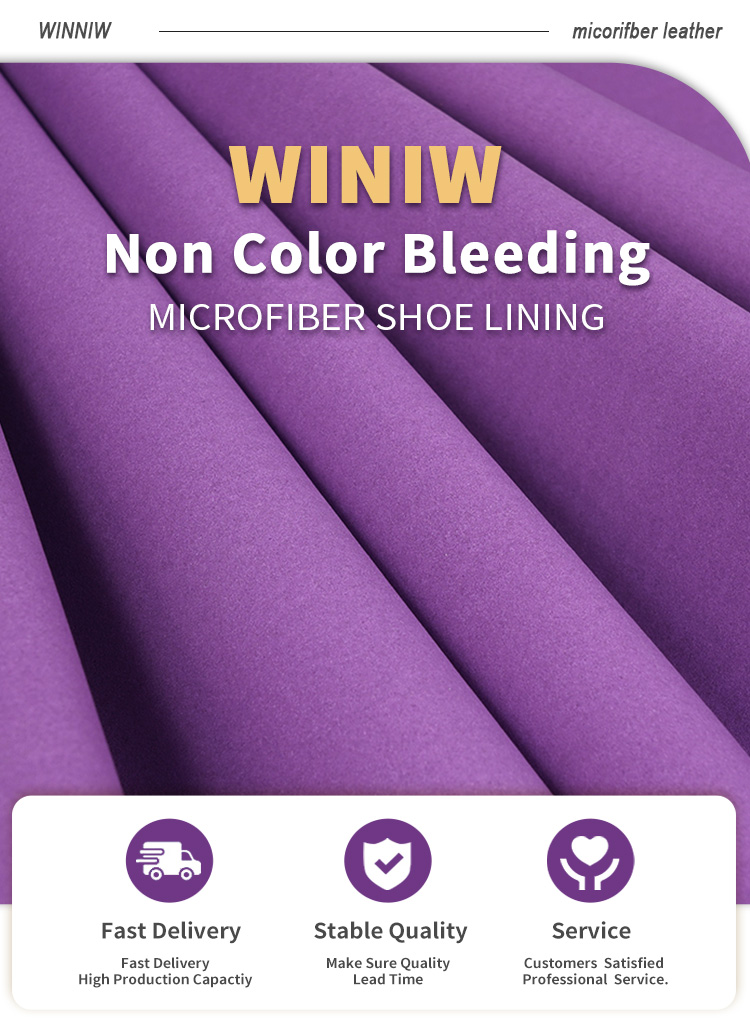
Genuine leather remains the preferred choice for certain needs. People select leather when they want maximum durability, breathability, and a classic appearance. Leather develops a unique patina over time, which adds character. It suits heavy-duty footwear, luxury bags, and products expected to last for years.
Consider genuine leather if:
The item will face frequent bending or stretching.
Long-term value and longevity matter most.
A natural look and feel are important.
The person does not mind regular conditioning and care.
Note: Genuine leather costs more but offers superior performance for demanding tasks.
A person who wants a balance between style, ethics, and affordability may choose pu leather upper. Those who prioritize tradition, durability, and comfort often select genuine leather.
Pu leather offers affordability, easy cleaning, and style variety. However, durability issues and environmental impact remain concerns. Readers should compare pu leather with other materials before making a decision. He or she can visit local stores to examine products in person.
Consider personal needs and priorities.
Research care tips for pu leather items.
Share experiences or questions in the comments.
Every shopper benefits from understanding the strengths and weaknesses of pu leather.
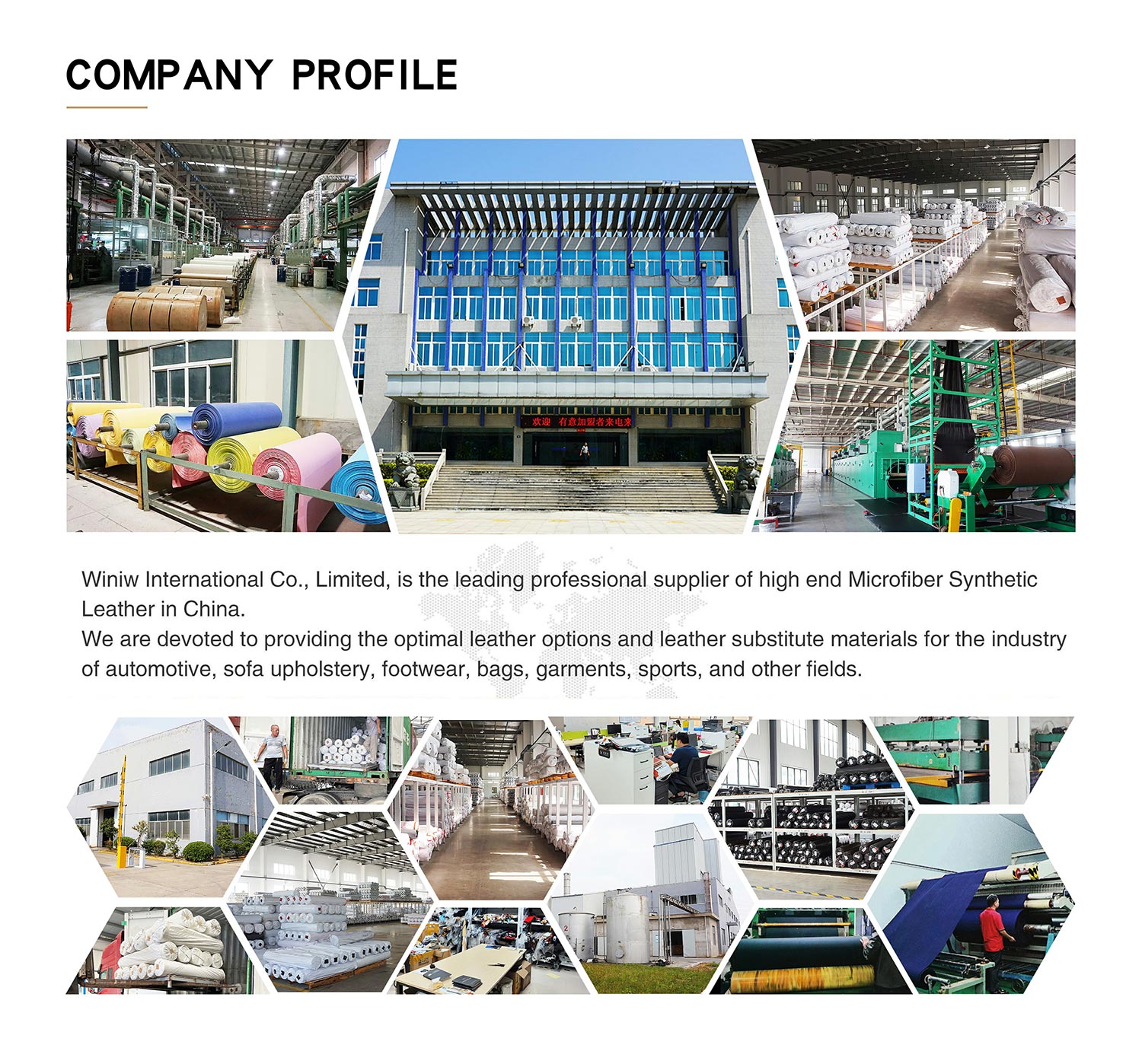
PU leather uses a polyurethane coating on fabric. Genuine leather comes from animal hides. PU leather costs less and offers more style options. Genuine leather lasts longer and feels more natural.
PU leather may crack or peel after frequent bending or exposure to dry air. Proper care, such as conditioning and avoiding sunlight, helps prevent damage.
PU leather resists water because of its polyurethane layer. It keeps feet dry during light rain. Heavy moisture can still seep through seams or stitching.
Use a soft, damp cloth to wipe away dirt. Apply mild soap for deeper cleaning. Avoid harsh chemicals. Dry shoes in a cool, shaded area.
PU leather feels soft and flexible. It suits casual use. Genuine leather molds to the foot over time, offering more comfort for long hours.
PU leather uses less water and fewer animal resources. It does not biodegrade and may create microplastic waste. New biodegradable options are emerging.
PU leather works for casual and office shoes. Sports shoes need more breathability and flexibility. Mesh or genuine leather performs better for athletic activities.
Store PU leather items in a cool, ventilated space. Use breathable covers. Avoid direct sunlight and extreme temperatures. Check items regularly for signs of damage.

Scan to wechat:
